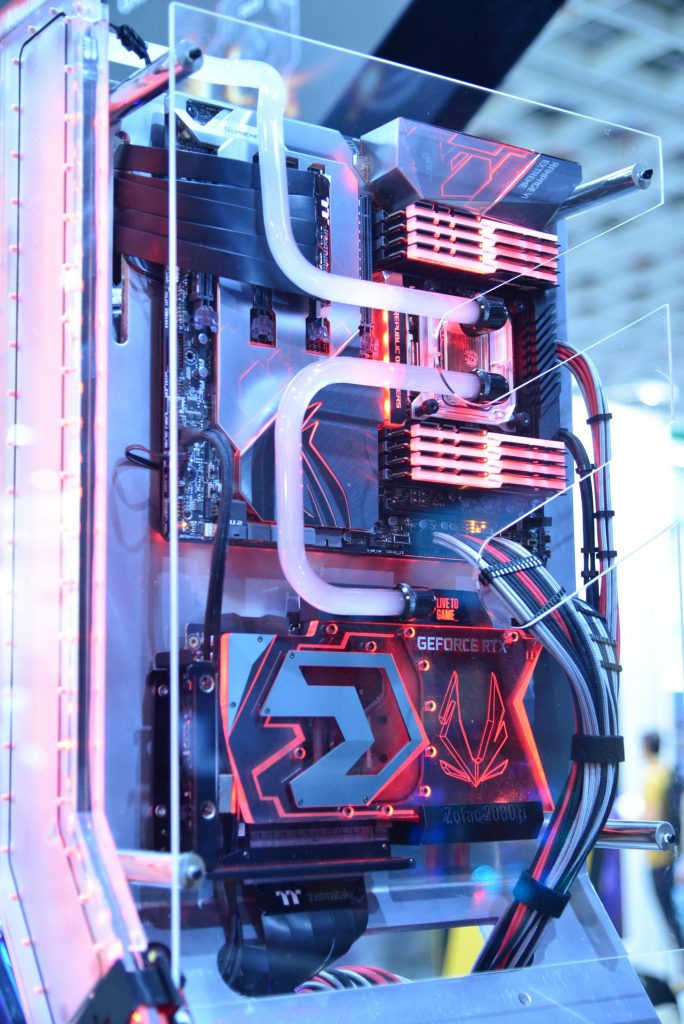A Cautionary Tale: The Importance of Server Maintenance and Upgrades
In today’s fast-paced digital landscape, businesses heavily rely on their servers to store critical information and ensure operational continuity. Unfortunately, we witnessed a harsh reminder of this reliance recently when a customer’s server failed, taking with it essential data that we had long warned them about.
For the past three years, we had been alerting this client about the potential risks associated with their aging infrastructure. The server, running on Windows Server 2008, was well beyond its expected lifespan, and the signs of wear and tear were unmistakable. The hard drives, past their prime, finally gave out, leaving us with dim LED indicators that suggested a serious malfunction. Remarkably, even the HDD error light was barely functional, raising suspicions that it, too, had reached the end of its life cycle.
In an effort to recover the data, we attempted to reconstruct the RAID 10 array. However, the damage to the remaining drive was extensive, thwarting our efforts and highlighting the consequences of neglecting server upkeep. The last reliable backup was taken just two days prior, but initial evaluations suggest that it may be corrupted as well. This has left us scrambling to salvage whatever vital files we could from an increasingly dire situation.
The reality for our customer now is a challenging path ahead. We’ll need to establish a new Active Directory and seamlessly migrate all their computers to this new setup. This process is not only complicated but will also incur significant labor costs. In retrospect, one must question whether it was truly worth it for the customer to operate their server three times beyond its average lifespan, now faced with the reality of losing weeks of productivity while waiting for a new hardware solution to be sourced and installed.
This experience serves as a powerful reminder that investing in regular server maintenance and timely upgrades can save businesses from costly setbacks in the long run. Clearly, opting for the cheapest solution is not a sustainable strategy when it comes to critical infrastructure.
As an aside, I must comment on the physical state of the server we encountered. It raised eyebrows—the kind of grime observed suggested environmental neglect that may have stemmed from years of usage without appropriate cleaning practices. It left us wondering if perhaps someone had been smoking in the server room!
In conclusion, the essential lesson here is clear: prioritize the health of your company’s main server. It’s an investment that pays off in reliability, efficiency, and peace of mind. Don’t wait for a crisis
Share this content:



